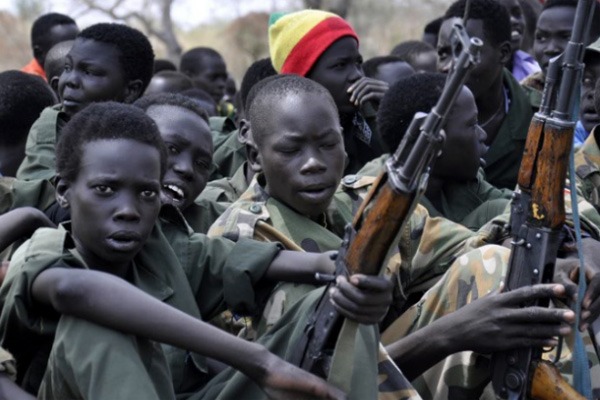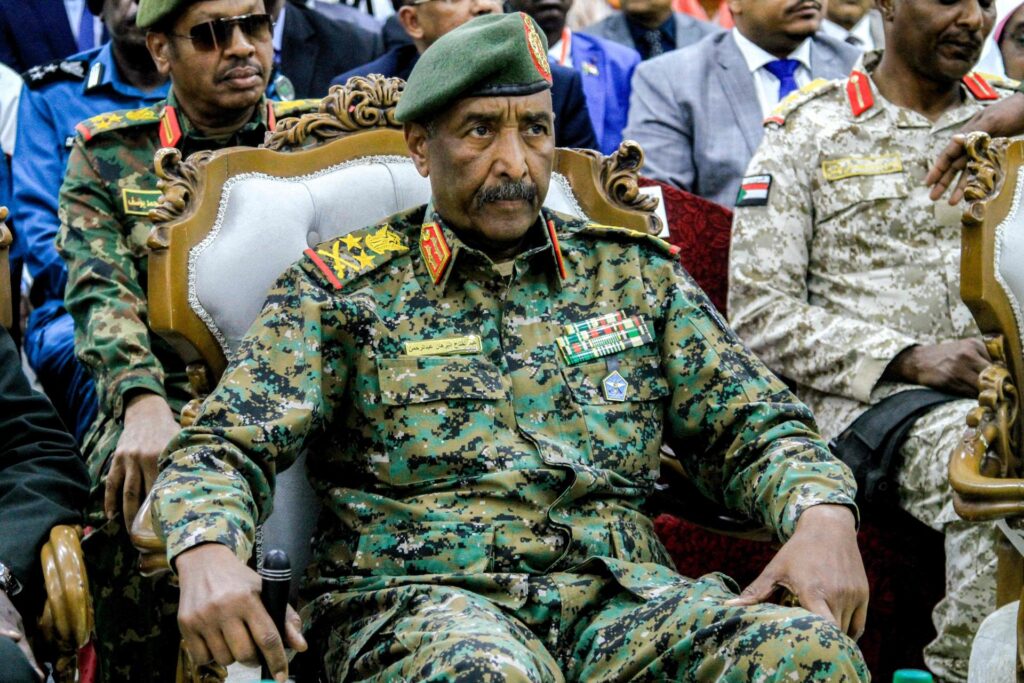
Alarming signs of escalating child rights violations have emerged in Sudan as videos circulated online show children carrying weapons and chanting inflammatory slogans, highlighting a growing pattern of political and military exploitation of minors in schools and community institutions.
Documented violations
In recent days, social media platforms have shared footage of Sudanese children holding weapons and reciting provocative slogans, raising widespread concern about the worsening situation. Local and international reports, along with field investigations, indicate a rising trend of targeting children in schools and kindergartens since the conflict erupted in April 2023.
According to these reports, some groups have used educational institutions to indoctrinate children with political messages, offering material or academic incentives in exchange for involvement in the conflict, in clear violation of international child protection standards.
Since fighting broke out between General al-Burhan’s army (SAF) and the Rapid Support Forces, Sudan has witnessed a collapse in basic services and a sharp rise in risks affecting children. Schools in conflict zones have closed, leaving children vulnerable to forced recruitment, killing, injury and loss of education. International organisations have warned that the situation poses a severe threat to children’s futures, saying the violations extend beyond the battlefield and into educational institutions where children are exploited for political and military purposes.
Human rights reports have documented multiple cases of direct child recruitment, whether through tribal or community networks or through pressure inside schools. Some educational institutions have been used to mobilise opinion, holding school events and gatherings where children are pushed to chant political or militarised slogans against civilian forces or armed rivals. Children participating in these activities are sometimes rewarded with exam exemptions or academic privileges, a practice that amounts to a serious breach of international child rights agreements.
Disturbing content
Footage shared by media outlets and rights groups shows children carrying weapons and chanting incitement against civilian and political groups. In one clip, a four-year-old boy is seen holding a weapon and saying he is heading to Khartoum to kill RSF fighters, a scene that symbolises the extreme level of abuse minors are facing. Activists have urged caution when handling such material, emphasising the need to verify its authenticity and safeguard the child’s identity to avoid exposing them to further danger.
Recruiting or using children in armed conflict is strictly prohibited under international child protection conventions and protocols. These violations require accountability for all parties involved and the implementation of rehabilitation programmes for affected children. Rights groups have called on the state and relevant actors to ensure the protection of educational institutions and prevent any political or military activity within them, guaranteeing a safe environment free from exploitation.
Educators warn that using children in conflict strips them of education and opportunities, while inflicting deep psychological and social harm. Such practices expose children to violent ideologies and risk producing a generation marked by ethnic, tribal and political fractures. The situation also threatens the long-term stability of Sudan’s education system and society due to the absence of safe, depoliticised learning environments.
Amid the rise in documented child exploitation cases, activists, rights defenders and citizens have taken to social media to demand swift action to protect children. They urge independent investigations, accountability for perpetrators and the launch of psychological and educational reintegration programmes for victims. They also call for safeguarding schools from any political or military activity, strengthening community oversight and raising awareness among parents about the risks. Media outlets are being urged to handle videos and images with extreme caution to protect children’s mental and physical well-being.




